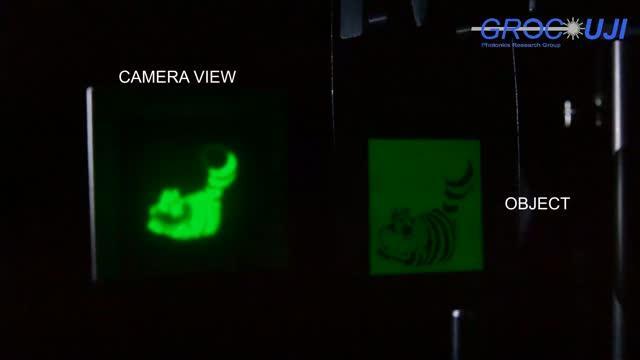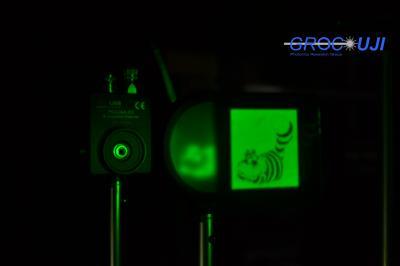Also notable, the team's technique could operate through dynamic scattering. "Most scattering media of interest, like biological tissue, are dynamic in the sense that the scatter centers continuously change their positions with time -- meaning that the speckle patterns are 'in motion.' This is ideal for some applications because monitoring the changes of the speckle can reveal information about the sample, but the drawback is that it's a major nuisance to transmit or get images," Lancis pointed out. "Our technique, however, requires no calibration of the medium, and its fluctuations during the sensing stage don't limit imaging ability."
What's ahead for the team? "Our next goal is to break the barriers of light penetration depth inside a scattering medium with the state-of-the-art megapixel-programmable spatial light modulators used in consumer electronics," Lancis says. To do this, they'll need to demonstrate that their technique works even when the sample is embedded inside the tissue.

After the diffuser, the information content of the object is scrambled so that the light distribution at the pixelated sensor looks like the familiar speckle noise.
(Photo Credit: Jesús Lancis/Jaume I University)

The researchers placed an image of the Cheshire Cat in front of a scattering layer that completely hid it, then used the image they were able to retrieve from photodetected values recorded by the photodiode to demonstrate that disorder-assisted imaging can indeed recover an object's fine details -- even using a sensor without spatial resolution.
(Photo Credit: Jesús Lancis/Jaume I University.)
Source: The Optical Society